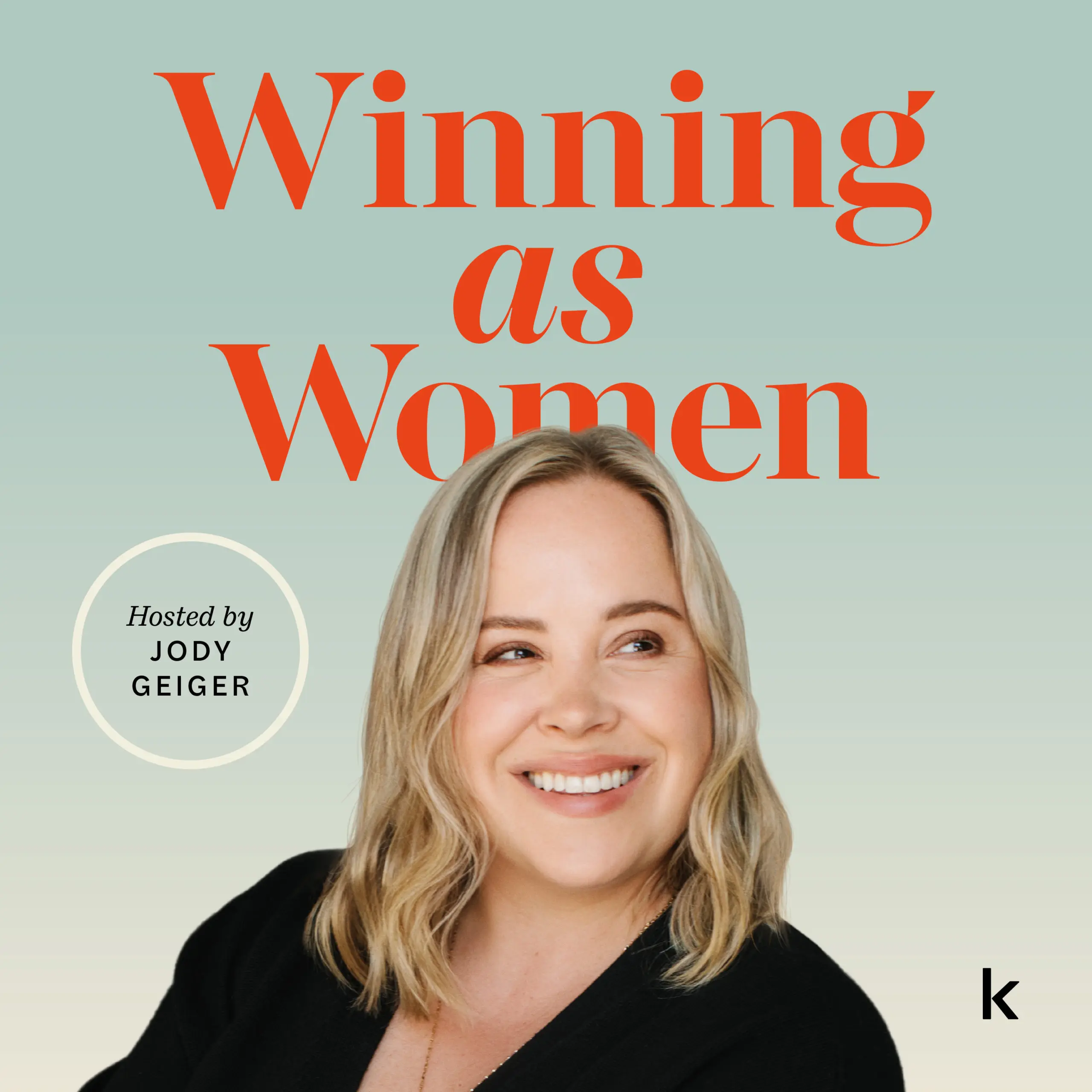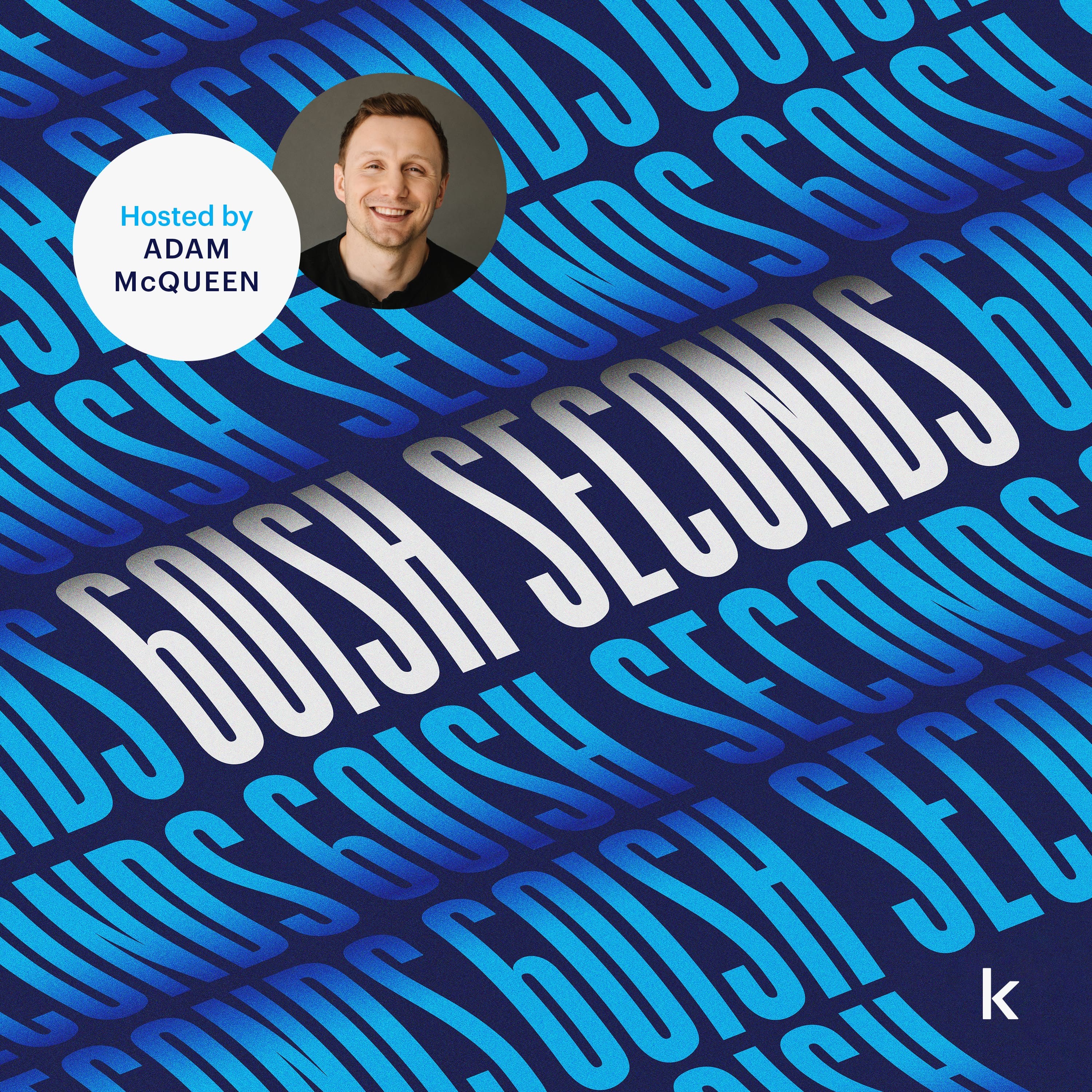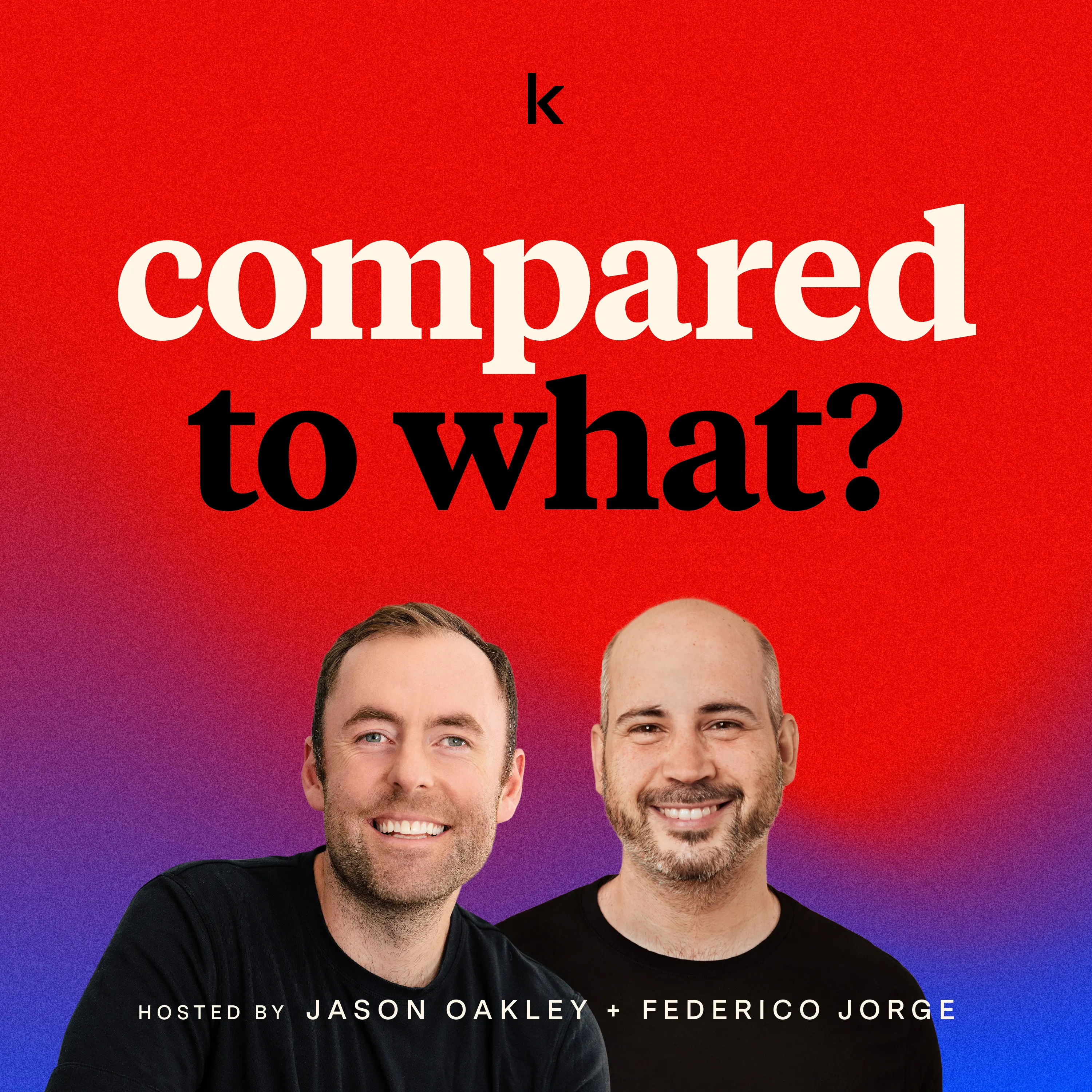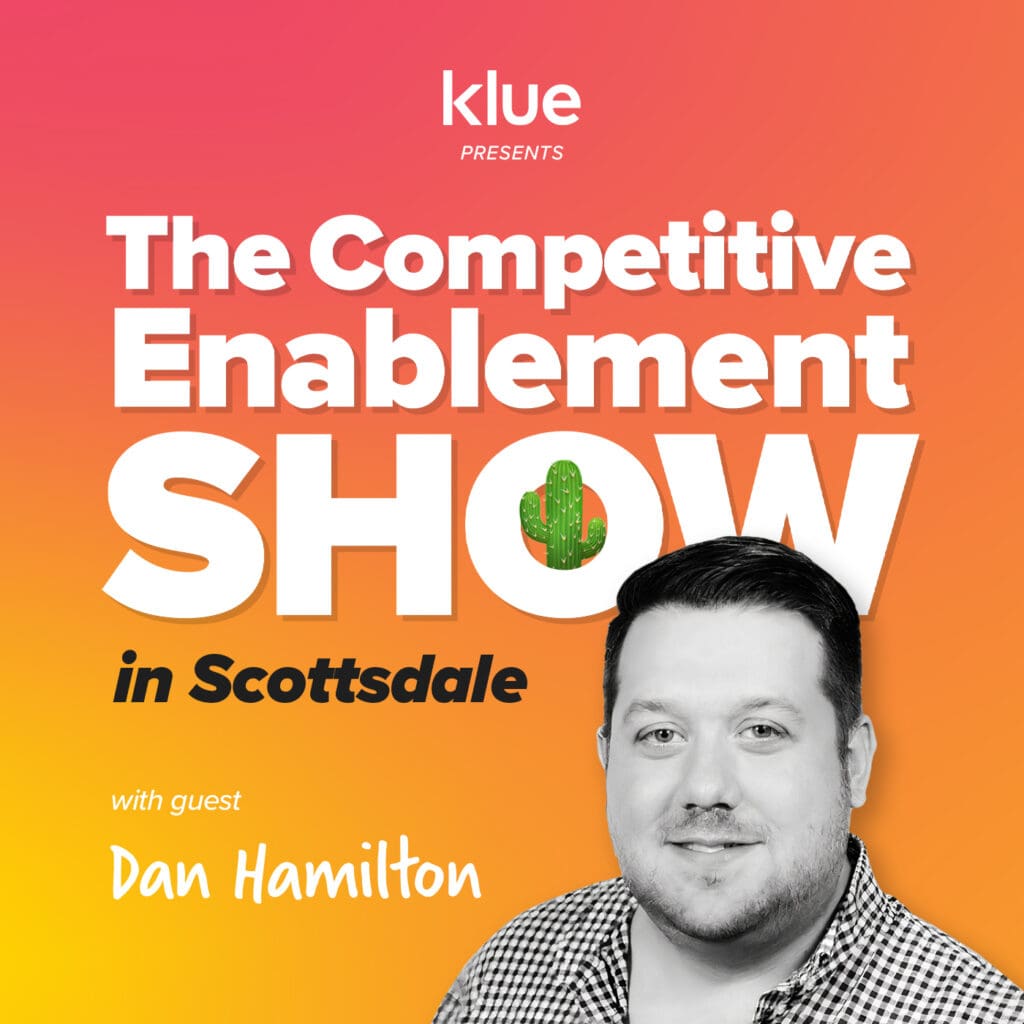Rigging the Deal: Competitive Selling Strategies with Chris Orlob
Chris Orlob is a sales coach, the Co-Founder & CEO at QuotaSignal and pclub.io, and the former Head of Sales at Gong.
⏱ Make competitive plays early in the deal cycle ⏱
If you wait until the latter half of the deal to make a competitive play, you’ve waited too long. The decision criteria has already turned into concrete and your hopes of effectively depositioning your competitors are gone.
Running a crisp first half of the sales cycle is best way to set yourself up for success, so that by the negotiation stage, winning the deal is a foregone conclusion.
“Competitive selling is like making a vase out of wet clay. Once you wait too long and let it dry, you’re not going to be able to form it.”
During his time at Gong, Chris made sure every one of his sellers was competing against Chorus, whether they were explicitly in the deal or not.
Having Chorus top of mind from beginning to end of the sales cycle helped Gong sellers form the clay that would become the winning vase.


Take advantage of the weakness in your competitor’s strength
Why do both kids and parents love McDonald’s? The PlayPlace, Happy Meals and Ronald McDonald himself are great distractions for kids — and parents get to catch their breath while the kids are distracted.
The kid-friendly branding is a definitive strength and differentiator over arch-burger-rival Burger King. In response, Burger King decided instead of just McDonald’s outright, why not turn the Clown’s strength into a weakness.
“What are your competitors’ strengths and is there a weakness inherent in those strengths that you can take advantage of?”
If children love McDonald’s, that means McDonald’s must be for kids. That’s why Burger King began to market itself as a place you go to if you want an adult burger.
So while depositioning usually starts with looking at your competitors’ weaknesses and your own strengths, no strength is teflon and no weaknesses is so problematic it can’t be fixed.
Instead, start looking for the weaknesses in your competitor’s strengths.
Hear Dan and other CI professionals chat it up with Adam at last year’s SCIP IntelliCon
Win your unfair share of deals by rigging them in your favour
There are three key elements of the deal cycle where you can have the biggest influence according to Chris. When you make the right impact at the right time, you can “rig” the deal in your favour.
1. The buying criteria
Make the buyer perceive the root cause of their problem in such a way that only your product can solve it.
2. The buying process
Set your team up with the right differentiators to deploy at pivotal times in the sales cycle.
3. The buying committee
Multithread your sales cycle with the decision makers who’ll view your product favourably
“You’ve got to lead the horse to water in believing that this solution is the only solution that’s appropriate for your buyer.”
In Chris’s time at Gong, Chorus was a cheaper option. So in order for them to rig the buying committee, it makes sense to involve procurement in the sales cycle earlier than you might otherwise.
Rig the criteria, the process and the committee, and you’ll win more than your (un)fair share of deals.


NEWSLETTER

Competitive strategies in five minutes or less. Straight to your inbox.
The official newsletter of The Compete Network with the best compete content from Klue, our customers, and compete experts from around the industry. Coffee & Compete's got you covered.


















